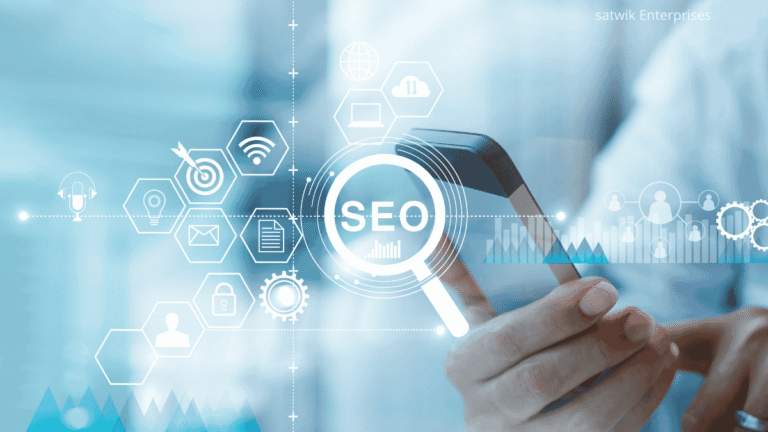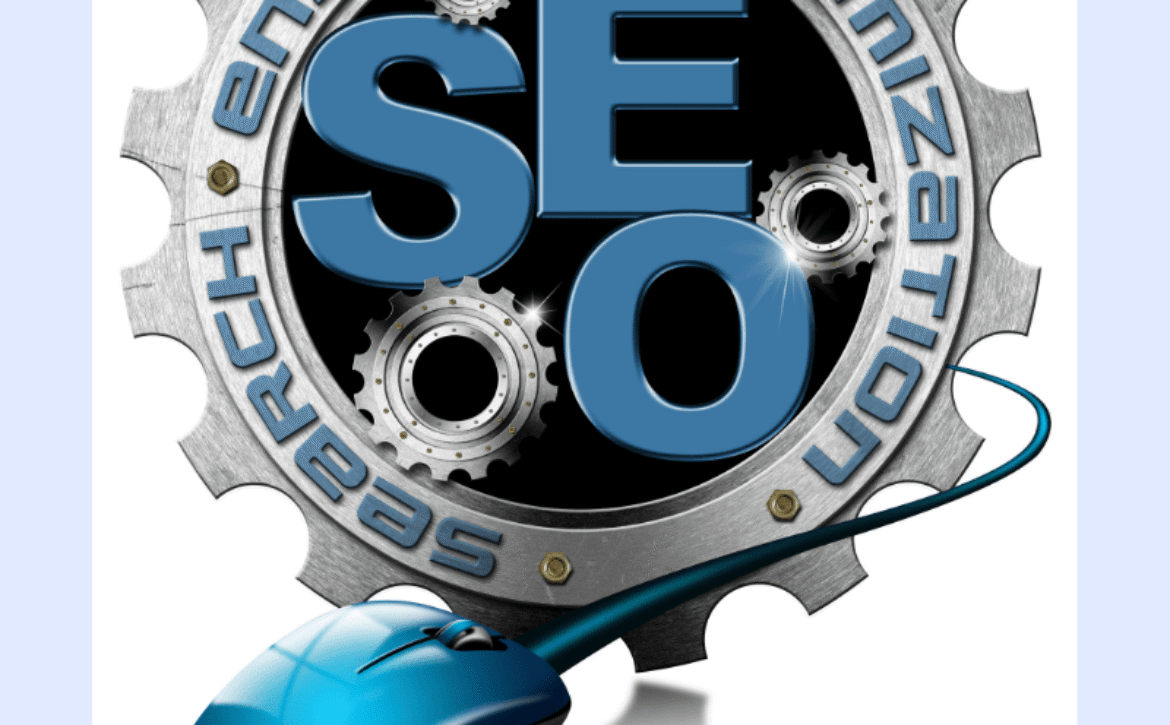AI-Driven SEO Checklist Strategy for 2025
Introduction
In the rapidly shifting world of digital marketing, SEO no longer operates in isolation. Artificial Intelligence (AI) is now central to every aspect of a winning SEO strategy—from research and optimization to execution and monitoring. This checklist will help you optimize your website for 2025 using the most current, AI-powered best practices.
1. Smart Content Planning with AI
AI tools like Jasper, Frase, and SurferSEO are revolutionizing how marketers plan content. Rather than guessing what users might search, these tools analyze real-time search intent and recommend structured outlines.
Key Steps:
Build topic clusters to target specific user journeys.
Use AI to uncover trending queries, questions, and related topics.
Incorporate voice-friendly subheadings (questions, how-to’s, conversational language).

2. Semantic Keyword Research
Forget stuffing keywords—modern SEO focuses on topical authority and natural language processing (NLP).
Key Steps:
Focus on 4–5 word long-tail phrases with semantic intent.
Include LSI keywords naturally in headings and paragraphs.
Let AI help group related keywords under one umbrella theme.
3. On-Page Optimization Tactics
Optimizing your content using AI ensures consistency in structure, tone, and effectiveness.
Key Steps:
Use 1–2% keyword density, ensuring it reads naturally.
Optimize your title (H1) and subheadings (H2–H3) with structured hierarchy.
Generate SEO-friendly meta titles and descriptions with GPT tools.
4. Schema & Structured Data Integration
Search engines now prioritize rich results. Schema markup helps AI better understand your content and improves visibility.
Key Steps:
Use JSON-LD to implement schema types like BlogPosting, FAQ, or Product.
Add “Speakable” Schema for voice-search optimization.
Test structured data using Google’s Rich Results Tool.
5. Refreshing Existing Content
Google’s Core Web Vitals now directly impact rankings. AI tools help identify and fix performance bottlenecks.
Key Steps:
Use AI-based heatmaps (e.g., Hotjar, Clarity) to analyze user behavior.
Improve page speed, eliminate layout shifts, and prioritize mobile UX.
Structure content for easy readability on mobile—short paragraphs, bullet points, and visuals.

6. UX & Mobile Optimization
Forget stuffing keywords—modern SEO focuses on topical authority and natural language processing (NLP).
Key Steps:
Focus on 4–5 word long-tail phrases with semantic intent.
Include LSI keywords naturally in headings and paragraphs.
Let AI help group related keywords under one umbrella theme.
7. Backlink Building with AI Automation
Smart outreach builds authority without wasting hours manually emailing.
Key Steps:
Use AI to generate personalized outreach emails for guest posts and collaborations.
Focus on AI and digital marketing blogs, forums, and podcasts for high-quality links.
Internally link using AI-suggested anchor text for contextual relevance.
8. AI-Enhanced Monitoring & Insights
Modern SEO is dynamic. Let AI help you monitor and react in real-time.
Key Steps:
Set up GA4 dashboards with predictive analytics features.
Analyze bounce rate, user flow, and top-performing queries using AI tools.
Adjust strategy monthly based on performance trends.
Final Thoughts
AI is no longer a luxury in SEO—it’s a necessity. Integrating AI into your strategy ensures you stay competitive, agile, and visible in an ever-crowded search landscape.
For a more in-depth SEO checklist, I follow this strategy.







